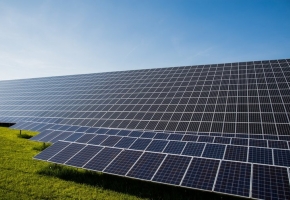The Gribble Worm Could Hold Secrets for Cheaper Renewable Energy

Gribble worms are not the most beloved of crustaceans. First discovered in 1799, the invasive species was the bane of seamen everywhere because of their tendency to devour wood.
Today, scientists are looking at this creature's wood-consuming habits in a new light. They want to see whether its voracious appetite can help us turn wood into biofuel sustainably.
The ultimate goal of the project is make more efficient woody biomass. While wood's history of unhealthy burning has not given it the best reputation as an energy source, woody biomass is different than tossing a log into a fire. It can be made with live trees, forest and manufacturing residues, or even consumer waste materials. Turned into pellets or liquid, it has the potential to turn into a viable source of energy if it could be made more affordable.
Woody biomass isn't perfect: a study from 2017 showed that "dedicated biomass plants tend to have lower efficiencies than fossil fuel plants." If gribble worms can get that efficiency up, then they'll more than make up for all the headaches they caused in the 18th century.







